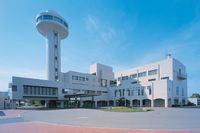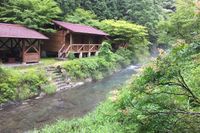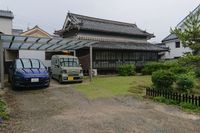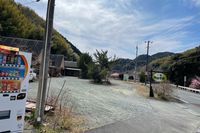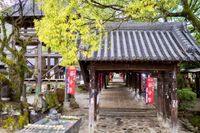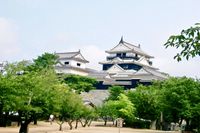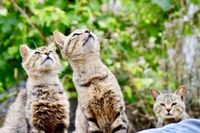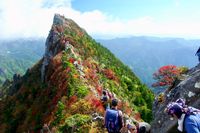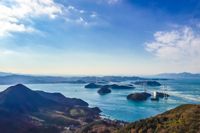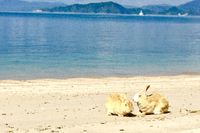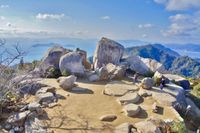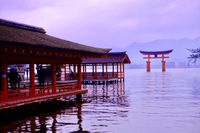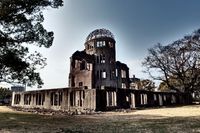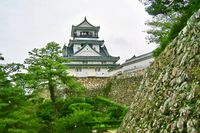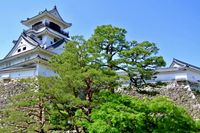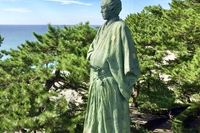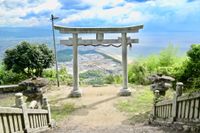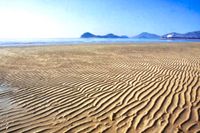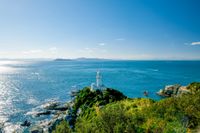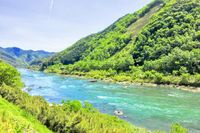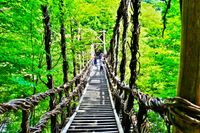Dogo Onsen
愛媛県/松山市道後湯之町

Description
This is Japan's oldest onsen hot spring town with 3000 years of history, situated in Matsuyama city. It has been cherished by many emperors over the years, including nobles such as Prince Shotoku, as well as cultural influencers such as Kobayashi Issa and Natsume Soseki. There are plentiful food and drink establishments, including the Dogo Onsen center at the center. ※Credit:旅と温泉の無料写真素材 おんふぉと http://on-photo.com/
Homepage
Address
Nearby Car Night Spots
Nearby Activities
There is no nearby activities
Ranking Stations
Vanlife BASE | 45 min. from Narita Airport / Perfect for campervan travel/A seaside town rich in nature/Japanese countryside town/welcome traveler
¥7,000〜
/ per nightChiba Koseki, Kujukuri-machi, Sambu-gun
5.0
(63)Shin Meishin Suzuka PA (inbound) RV Station Suzuka * With Power!
¥2,200〜
/ per nightMie Yamamotocho, Suzuka-shi
4.3
(157)(Bonfire BBQ) Chita Mihama Noma Beach Station
¥3,500〜
/ per nightAichi Noma, Mihamacho, Chita County
4.7
(42)Nearby Drive Spots
Ishiteji Temple
This is a temple of the Shingon Buzan sect, and built in 729 AD. The main object of worship is known as Yakushi Nyorai, and is said to be built based on the legend of the second coming of Emonzaburo. There is also a famous area where visitors walk along a long tunnel, where the buddhist ideas of the Taizo-kai (fertility and life giving) and Kongo-kai strength as hard as the toughest diamond, representing unwavering strength). It has also be awarded one star in the Michelin tourist guide.
Matsuyama Castle
A castle built in 1603 by Kato Yoshiakira, it is one of Japan's 12 remaining castle towers, and was awarded 2 stars in the Michelin tourist guide. It was Japan's last complete castle tower to be built, and symbolizes the Momoyama era(1568-1600) culture in which it was built. In the morning of the weekends, one can see the traditional "castle drumming" which was originally used to escort people quickly into the castle.
Aoshima Island
This is an island on the Setouchi coast, in Ehime prefecture. It is also known as the cat island due to the approximately 100 wild cats that live on the island, which has made the area popular in recent years, and of course, particularly so for cat lovers! However, it is important to be aware that there are no lodging or food facilities at all - even vending machines!
Ishizuchi Shrine (Head Shrine)
This is a shrine that allowed Mount Ishizuchi to be considered a holy mountain, in 685 AD. It is one of Japan's seven worshipped mountains, with Ishizuchihiko no Mikoto as the shrine God. It is also the shrine set at the highest altitude is west Japan, at 1,982 meters. In particular, there is a very steep part of the hill, for 230 meters, where it can be only climbed by using the chain, which provides an intense experience that taps into the survival instincts.
Setouchi Shimanami Kaido
This is a road of 59.4 km connecting Hiroshima Onomichi City and Imabari City in Ehime prefecture. There are six large islands in the area, which is also known as "the Bridge art museum" as ten bridges are linked here. It is popular as a cycling road, and bicycles can be rented here.
Okunoshima Island
This is an island of Hiroshima in the Seto Inland Sea. It is famous as the only island that is home to a factory producing poisonous gases, and is home to around 700 rabbits that had previously been used for scientific experiments. It is a well known tour spot with plentiful facilities including a camping area, leisure facilities and onsen.
Mount Misen
This is a mountain registered as a World Heritage Site along with Itsukushima Shrine. In 806 AD, the great teacher and poet Kukai opened this mountain as a place of reverence and worship. There were also several stones known as Iwakura which were objects of Shinto worship, and has therefore been known as a long standing place of reverence and worship, consistently drawing in visitors.
Itsukushima Shrine
A shrine built in 593 AD, by Saeki Kuramoto, and registered as a world heritage site. The main Gods are known as the Munakata three goddesses Ichiki Shima Hime, Takiribine no Mikoto and Tazukihime no Mikoto. It was famous for being worshipped by the Taira clan, and under the instruction of Taira Kiyomori, a military leader, large Torii gates were built which appear to float in the water. It is known as the "Aki no Miyajima" and is known as one of Japan's three greatest viewpoints. Along with Kasuga Taisha and Kehi Jingu shrines, the Torii gates are officially classified as one of the three greatest in Japan.
Atomic Bomb Dome
This building was the victim of the world's first atomic bomb during the World WarⅡ. It was originally opened as an establishment to display products of the prefecture. The bombing on August 6th led to the tragic destruction of 13.2 million square meters of land, a death toll of about 140,000 people, and is registered as a World Heritage Site in commemoration and remembrance of the tragedy, with the wish that such a tragedy will never happen again.
Uwajima Castle
A castle built in 1601 by Todo Takatora. In 1615, the castle ownership was taken over by the eldest son of Date Masamune, known as Hidemune, who carried out various reservations, to produce the castle that is seen today. At the time of being built, the northern side was said to be impenetrable due to facing the sea. The castle has an unusual pentagon shaped castle tower tiers. On the roof, there is a decorative tile which is said to have been included to wish for luck and longevity.
Kochi Castle
This is a castle built in 1601 by Yamauchi Katsutoyo. It is one of Japan's 12 remaining castle towers that has survived fire, earthquakes, and attacks, and the whole building still remains. There is also a castle park nearby that is free to enter, as well as a statue of Itagaki Taisuke, one of the key figures in the Meiji restoration, born in the local area.
Katsurahama Beach
This is a coastal area in the southern part of Kochi prefecture. The area is famous for the statue of Sakamoto Ryoma, of the Tosa clan, a heroic figure, whose statue which gazes over the pacific ocean appears to be recalling the hero's great tales. It is also known as an ideal area to view the moon.
Takaya Shrine
This shrine hosts the Gods known as Ninigi no Mikoto, Ukemochi no KamiKonohano-sakuyahime no Mikoto, with the main shrine hall at the top of the 407 meter Mount Inazumi. Its construction date is known. From the top area (which is 270 steps up) visitors can see views of the whole of Kannonji Temple along with the Setouchi coast, which has given the shrine the alternate moniker of "The heavenly Torii gate". Night views are equally as stunning, drawing numerous photographers to the area regardless of the time of day.
Chichibugahama Beach
This is a sandy beach facing the Setouchi coast in the western part of Kagawa prefecture. With its stunningly clear salt waters, it is known as the "heavenly mirror" as it is an ideal photo spot to take a picture of a landscape, with it faithfully reflected by the sea. This has made the area particularly popular for photographers, as well as holidaygoers who visit the area in the summer for beach and water activities.
Cape Sada
This is a cape area at the Sada peninsula in Ehime prefecture. At the tip is situated the lighthouse (height - 18m, light extension range 49 meters), and on a clear day, visitors can view Beppu and Kyushu from afar. This area was also a military base during the war, and remains that evidence this can be seen in this area.
Shimanto River
This is the longest river in Shikoku, at 196 kilometers, that flows through the western part of Kochi prefecture. It is known as one of Japan's last pure river flows, by the fact that the river's water path is not established by a man made dam. It is ideal for experiencing the natural local areas due to the various rafting, canoeing and other boating experiences available.
Iya Kazura Bridge
This is a bridge in the west part of Tokushima prefecture that traverses a valley. It is said that when Minamoto clan built this bridge, it was made by tying several tree roots together, so that it could be severed at any time to be able to escape. The 42 meter bridge has various gaps in the flooring, making it quite the adrenaline rush.

